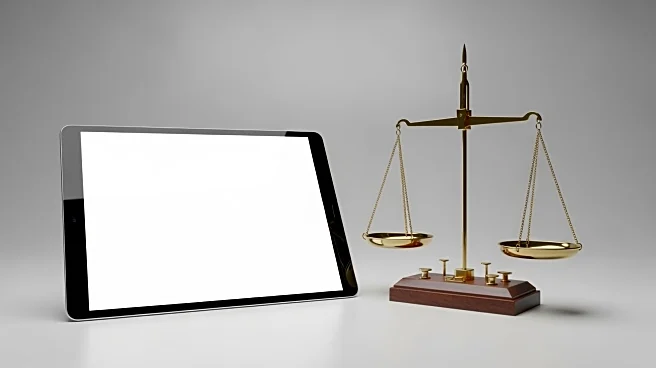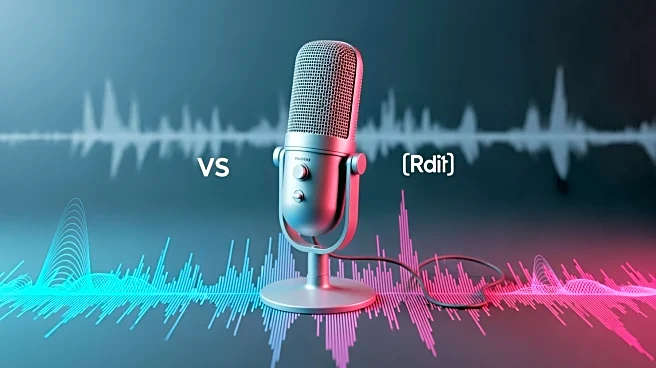What's Happening?
Eric Lemieux, Senior Vice President of Strategy and Innovation at iHeartMedia, emphasizes the importance of trust in media, combining human creativity with technology. As a juror for The Drum Awards Festival,
Lemieux discusses the role of AI as a creative co-pilot, aiding in trend identification and story resonance prediction. He highlights the enduring relevance of broadcast radio, which reaches 90% of adults weekly without subscriptions or algorithms, as a trusted medium in America. Lemieux's approach focuses on balancing long-term brand equity with short-term goals through consistent storytelling and immediate action-driving bursts.
Why It's Important?
Lemieux's insights underscore the evolving landscape of media where technology and creativity must coexist to maintain audience trust. His advocacy for broadcast radio highlights its unique position as a reliable medium amidst a fragmented digital world. This approach could influence media strategies, encouraging brands to leverage traditional channels alongside innovative technologies. The emphasis on trust and personal connection in media is crucial for brands seeking to engage audiences effectively, potentially impacting advertising strategies and consumer behavior.
What's Next?
As media continues to evolve, the integration of AI in creative processes may become more prevalent, enhancing the ability to predict and tailor content to audience preferences. Brands might increasingly focus on building trust through authentic storytelling and leveraging trusted media channels like radio. The industry could see a shift towards balancing technological advancements with human creativity to drive meaningful engagement and brand loyalty.
Beyond the Headlines
The discussion around media trust and technology integration raises ethical considerations regarding data privacy and the role of AI in creative processes. As AI becomes more involved in media, questions about its impact on human creativity and the authenticity of content may arise. The long-term implications could include shifts in how audiences perceive and interact with media, influencing cultural and societal norms around information consumption.











